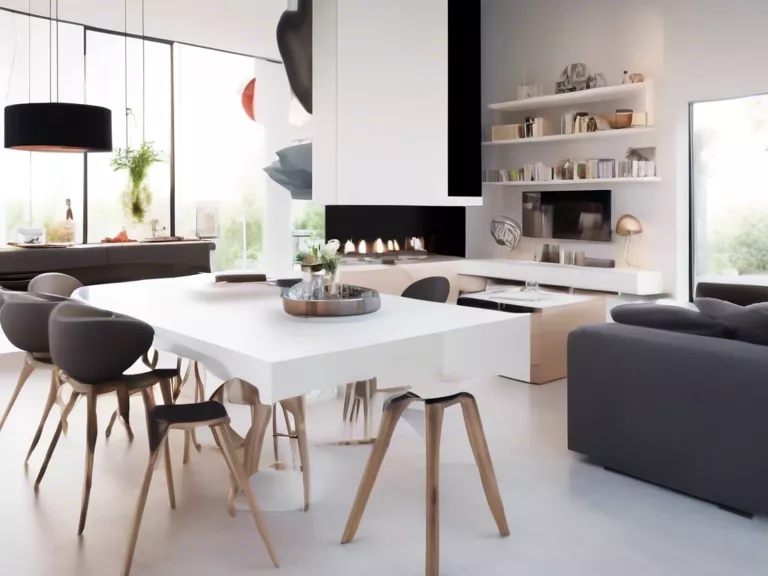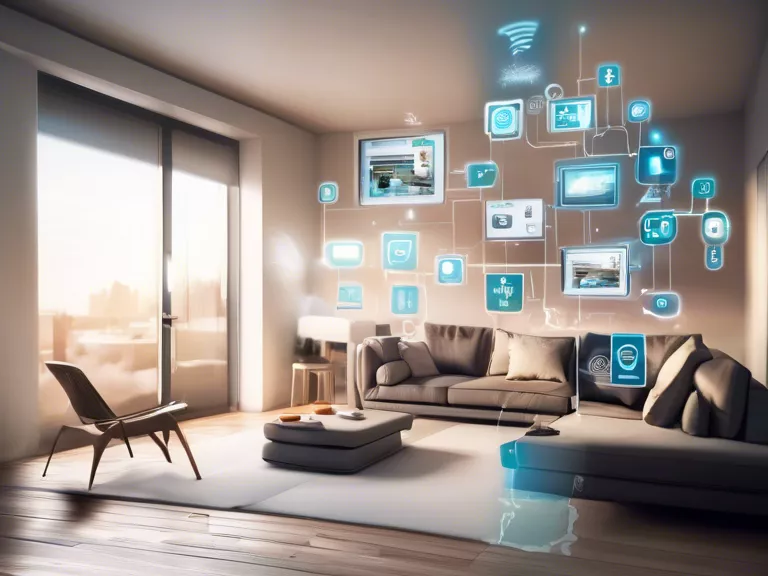
Introduction
In recent years, the concept of connected living has gained significant traction as technology continues to revolutionize the way we interact with our homes. The integration of smart devices, Internet of Things (IoT) technology, and automation systems has ushered in a new era of home innovation, transforming the way we live, work, and play within our living spaces.
The Rise of Connected Living
Connected living refers to the seamless integration of technology into the home environment, allowing for greater convenience, efficiency, and control over various aspects of daily life. From smart thermostats and lighting systems to voice-activated assistants and security cameras, the possibilities for enhancing our homes through connectivity are virtually endless.
Smart Home Devices and Automation
One of the key components of connected living is the proliferation of smart home devices that are designed to streamline tasks and enhance comfort within the home. These devices can be controlled remotely via smartphone apps or voice commands, allowing homeowners to adjust settings, monitor activity, and receive alerts in real-time.
Smart thermostats, for example, can learn your heating and cooling preferences over time, optimizing energy usage and reducing utility costs. Similarly, smart lighting systems can be programmed to adjust brightness and color temperature based on the time of day or your mood, creating a personalized ambiance throughout your home.
Enhancing Security and Safety
Connected living also offers significant benefits in terms of home security and safety. IoT-enabled security cameras, doorbell cameras, and smart locks provide homeowners with the ability to monitor their property, control access, and receive notifications of any suspicious activity. In the event of a security breach or emergency, these devices can alert authorities or trigger alarms to ensure a swift response.
Sustainable Living and Energy Efficiency
Another advantage of connected living is its potential to promote sustainable practices and energy efficiency within the home. By leveraging smart devices and automation systems, homeowners can monitor and regulate their energy consumption, identify areas of waste, and implement eco-friendly solutions to reduce their carbon footprint.
Smart appliances, such as energy-efficient refrigerators and washing machines, can optimize water and electricity usage, while solar panels and smart meters can generate clean energy and provide real-time feedback on energy consumption patterns. These initiatives not only benefit the environment but also lead to cost savings for homeowners in the long run.
The Future of Connected Living
As technology continues to evolve at a rapid pace, the future of connected living holds immense promise for further innovation and advancement. With the advent of artificial intelligence, machine learning, and 5G connectivity, homes will become even more interconnected and intelligent, anticipating our needs and preferences to create truly personalized living experiences.
In conclusion, connected living represents a paradigm shift in the way we interact with our homes, offering unparalleled convenience, security, and sustainability. By embracing the latest advancements in technology and integrating smart devices into our living spaces, we can unlock the full potential of home innovation and create a more connected, efficient, and enjoyable living environment for years to come.

